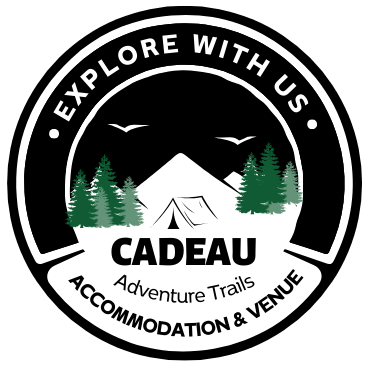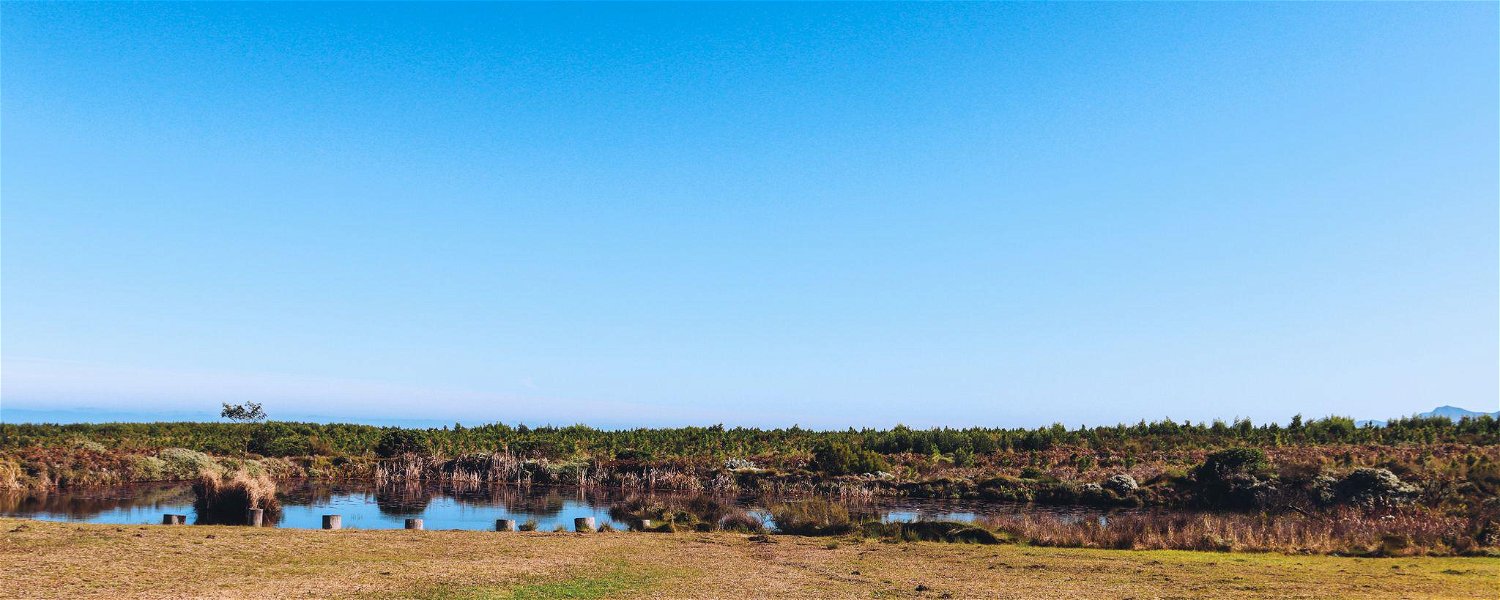Fauna & Flora
The indigenous forests of the Southern Cape are the largest complex of natural, closed canopy forest in the Southern African region. At a glance, these forests are similar in structure to the classical rain forests of the equatorial regions - they have that “jungle –like” appearance. This is where the similarity ends.
Cadeau Adventure Trails - Fauna (Garden Route Hiking Trails)
Please note that due to the devastating fire we had last year (2017), the fauna and flora is in the recovering phase.
Now one can see different interesting scenery.
The indigenous fauna forms an integral part of the forest. The animals are not easily seen but their tracks and droppings can often be seen on the hike. Larger mammals include Bushpig , Bushbuck, Blue Duiker, Baboon and Vervet Monkeys as well as the predators leopard and Caracal (Rooikat). Bushpigs are omnivorous and are found in groups of six to twenty individuals while Bushbuck are usually aloneor in pairs. These animals are nocturnal, elusive and very shy, but could occasionally be seen when interrupted or disturbed during the day.
Approximately 35 to 40 species of the so-called typical forest birds are found in abundance all around you. More species can be found in the areas adjacent to the forest. Bird species includes the Knysna Lourie, Narina Trogon, Olive Thrush, Chorister Robins , Cape Robins and Starred Robins. Due to poor visibility in the forest vegetation, the birds in the forest have rather loud penetrating calls. Sound takes priority over sight as a means of communication.
Various species of reptiles occur in the forests. Snakes, such as the very poisonous Boomslan, however are seldom seen. The risk of snake bite is very small, because it is normally shy and non-aggressive. The favourite diet of the Boomslang is the Knysna dwarf chameleon.
Cadeau Hiking Trails - Flora (Garden Route Hiking Trails)
These forests are neither as tall, nor as species diverse as the warmer and wetter forests of Amazon. Canopy height peaks at about 27m (with emergent) and, in total, there are 470 forest species, of these 87 are tree species. The balance comprise Woody shrubs (55), Soft Shrubs (29), Lianes (15), Vines (47), Ferns (52), Geophytes (28), Epiphytes (25) Graminoids (35) and Forbs (97). The forests show considerable variation in species compositions, stem size and canopy height over a range of structural “types”. As a result, the forest has been classified into eight different forest types, from very dry to wet. The classification is done according to the combined assessment of moisture regime, ground, shrub and tree flora as well as features such as tree form and canopy height.
Some trees along the route are labelled and amongst the many species that you will encounter include Ironwood, Yellowwood, White Pear, Stinkwood, Cherrywood, and Cape Beech. Onderbos (Black Witch-Hazel) all over the understory. In the wetter parts you will come across enormous Tree Ferns. You will also see various climbers (e.g. wild grape), Egiphytes (such as old man’s beard and tree orchids), mosses, ferns (e.g. maiden hair fern), lichens and colourful fungi as you hike along the trails.



Share This Page